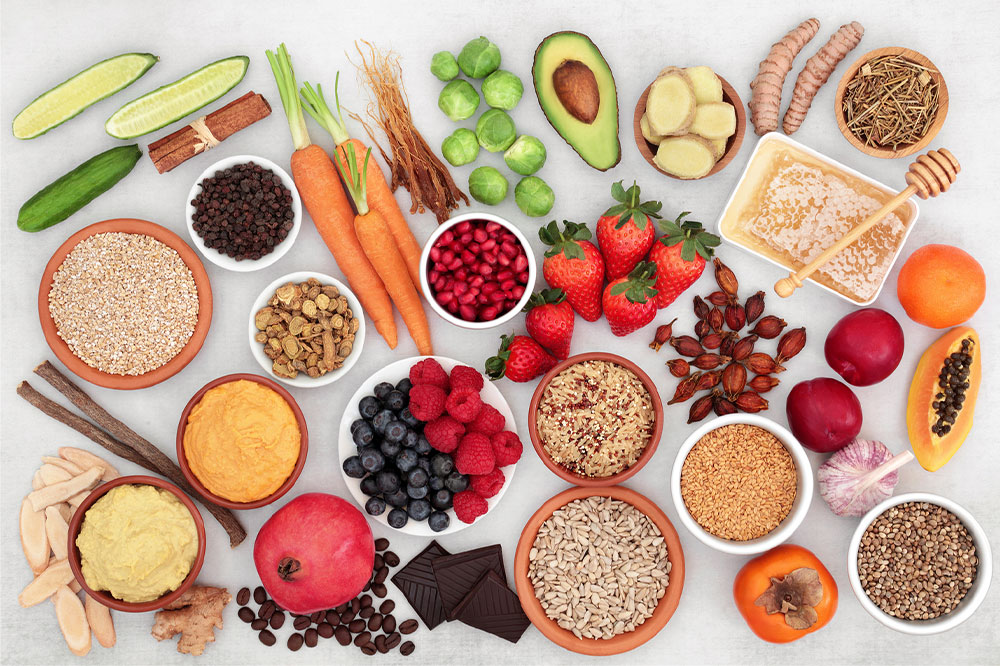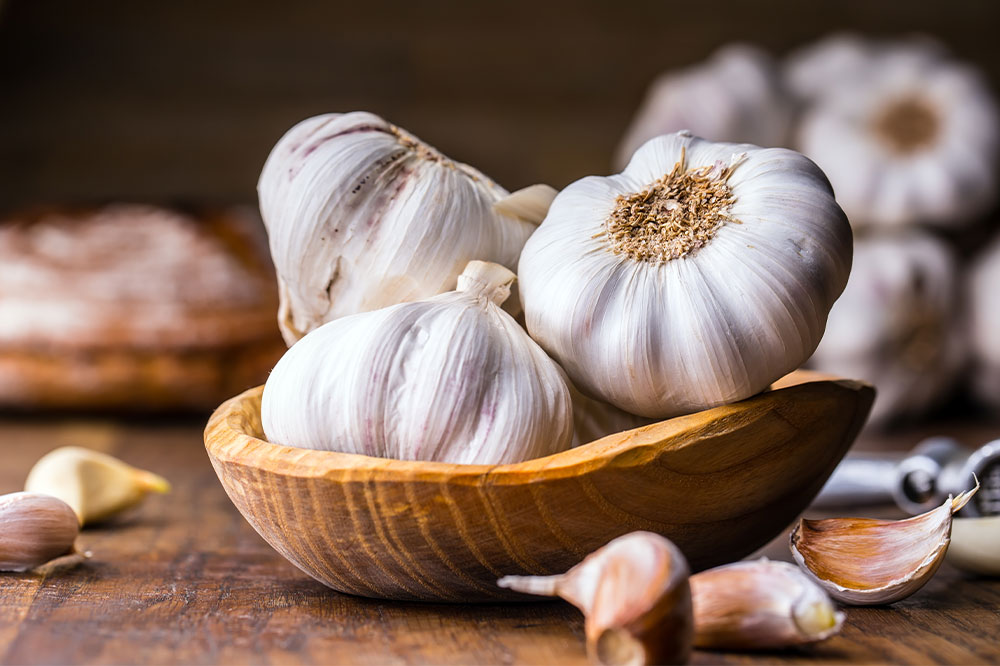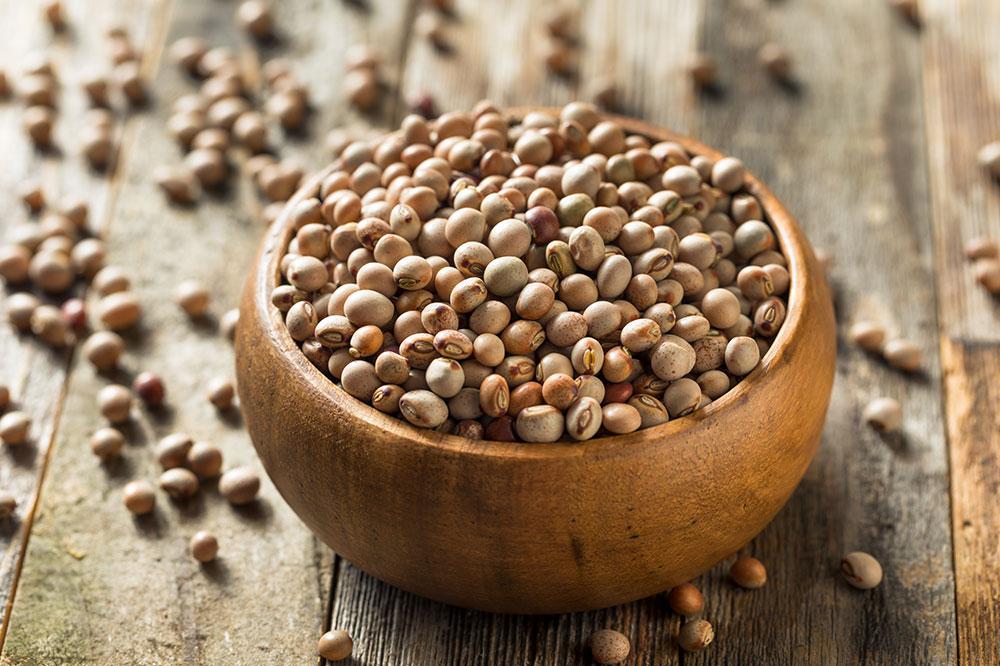Healthy foods and lifestyle changes to manage diabetic eye disease
Diabetic eye disease, also called diabetic retinopathy, is an eye disorder that mainly occurs when blood vessels in the eyes get damaged due to diabetes. The problem can cause vision loss in both type 1 and type 2 patients in cases where blood sugar is not managed correctly. While medicines are the best diabetic eye treatment, patients can also adopt the following nutrition plan and lifestyle changes to manage the disease better and speed up recovery. Foods to eat The following are two healthy foods to eat during diabetic eye treatment: Leafy greens Leafy greens are the complete package when it comes to nutrition. Popular options like spinach, collards, turnip, and kale contain vitamin C, essential nutrients, and eye-healthy minerals. Moreover, they have antioxidants and anti-inflammatory compounds that can help reverse the effects of cellular degeneration caused by conditions like diabetes. Multiple studies show that leafy greens are beneficial in promoting eye health. Eggs Eggs are rich in omega-3 fatty acids and provide various health benefits when eaten regularly. They can help improve the body’s sensitivity to inflammation and maintain better cholesterol levels to reduce the risk of diabetes-related complications like diabetic eye disease. Eggs are beneficial for overall eye health as well.
Read More 









